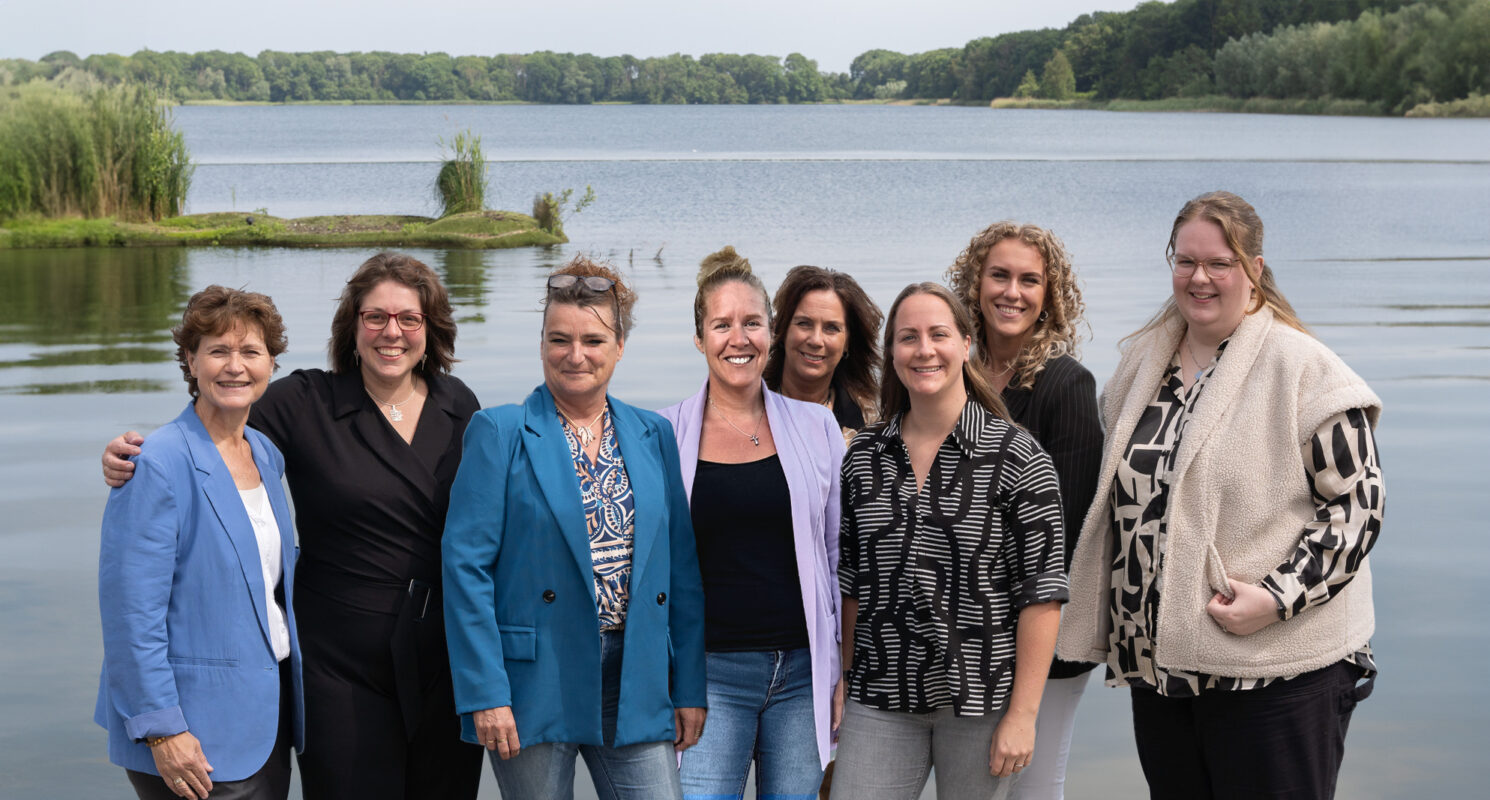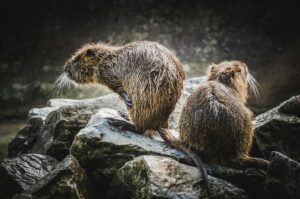You can reach World Water Academy by telephone: +31 030 606 94 00 or e-mail: info@worldwateracademy.nl.
Sustainable Coexistence with Beavers
Learning targets
With beavers increasingly settling in high-risk areas like water barriers and railways, professionals working at organizations such as water boards, Rijkswaterstaat, or ProRail may encounter these challenges. How can you balance protecting infrastructure and human safety while maintaining a healthy ecosystem?
In the course Sustainable Coexistence with Beavers, you will learn both the ecological and technical aspects of beaver management. Beavers play a positive role in ecosystems, but they can also cause problems such as digging, gnawing, and water damage. The course covers relevant policies and legal frameworks, as well as how to detect beaver burrows, repair damage, implement emergency and preventive measures, and understand the impact of burrowing on failure mechanisms.
Upon completing this course, you will have gained basic knowledge about beavers, their behavior, and their habitats. You will also learn how to identify, prevent, and repair damage. This equips you to collaborate effectively on sustainable solutions if beavers appear in your work area.
The following topics will be covered:
- identifying beavers (and badgers), recognizing tracks and damage in the field
- assessing the suitability of an area as a beaver habitat
- understanding the ecology and behavior of beavers and their role in the ecosystem
- methods for detecting and observing beavers, and interpreting data to implement measures and solutions
- setting up monitoring systems to control beaver presence, including actions to discourage beaver activity in risk locations
- legal framework regarding beaver management
- reporting observations and damage, including national reporting systems
Upon completion, you will have the following knowledge & skills:
- a basic understanding of beavers, their behavior, and their habitats
- insight into the impact of beavers on their environment
- practical approaches to sustainable beaver management
- the ability to identify, prevent, and repair damage caused by beavers
Program
Day 1: The Beaver
The following topics will be covered:
- stakeholder analysis (participants’ involvement with beavers in their work)
- biology of the beaver: behavior and habitat
- recognizing beaver tracks
- policy and legal framework: beaver protection
- excursion: “Beaver and Beaver Tracks”
Day 2: Action Perspectives
The following topics will be covered:
- how to recognize beaver lodges? What techniques are available?
- policy and legal framework regarding water safety and infrastructure
- types of damage and action perspectives
- developments around burrowing in water barriers
- collecting information on beaver observations
- excursion: “Practical Measures”
Your Contribution
At World Water Academy, the focus is on both knowledge and practical experience. Therefore, each participant is encouraged to bring their own work experiences to the course. What challenges are you facing? And what experiences can you share to help others learn from them?
Target group
The Sustainable Coexistence with Beavers course is designed for anyone who is currently or is expected to be professionally involved with beavers in the near future.
Learning Together
Our group-based learning approach creates an enthusiastic environment where you can engage in meaningful discussions about both the course content and your work situation.
Entry Level
This course is aimed at a wide audience, so no specific entry level is required. However, we expect that you either already have or anticipate gaining experience with beavers in your professional work.
Feel free to ask us about our products and courses

